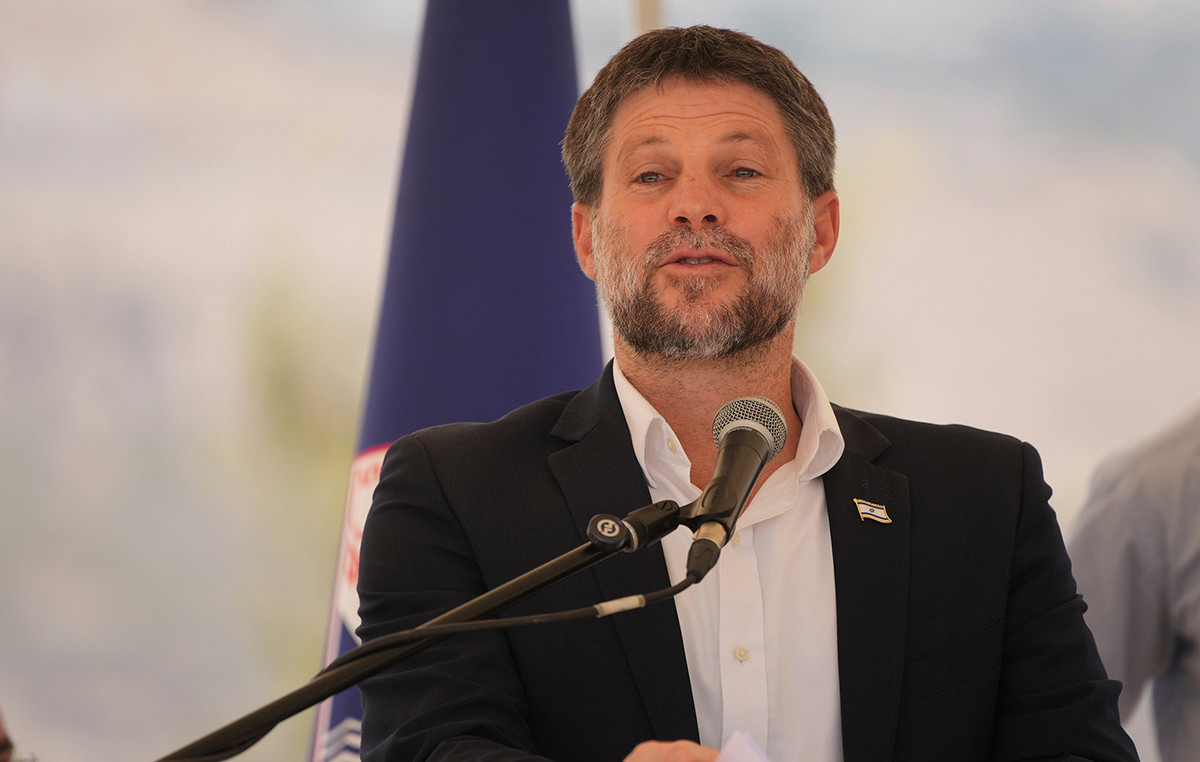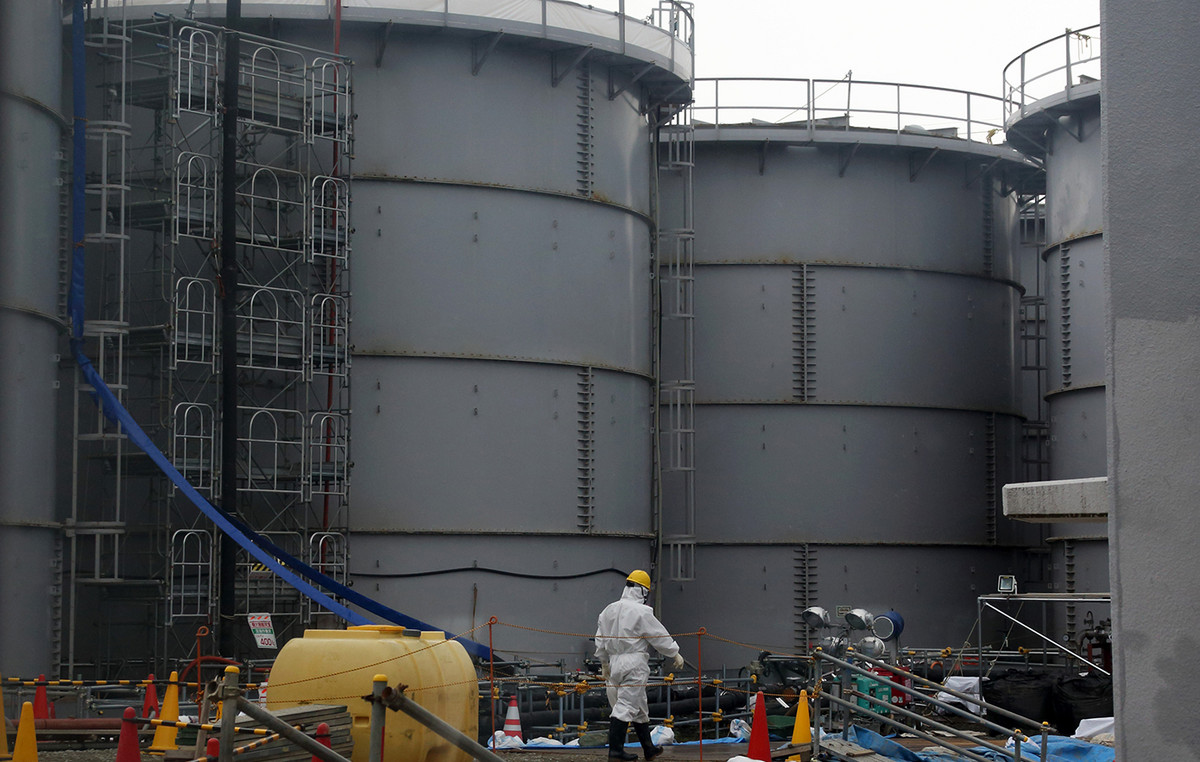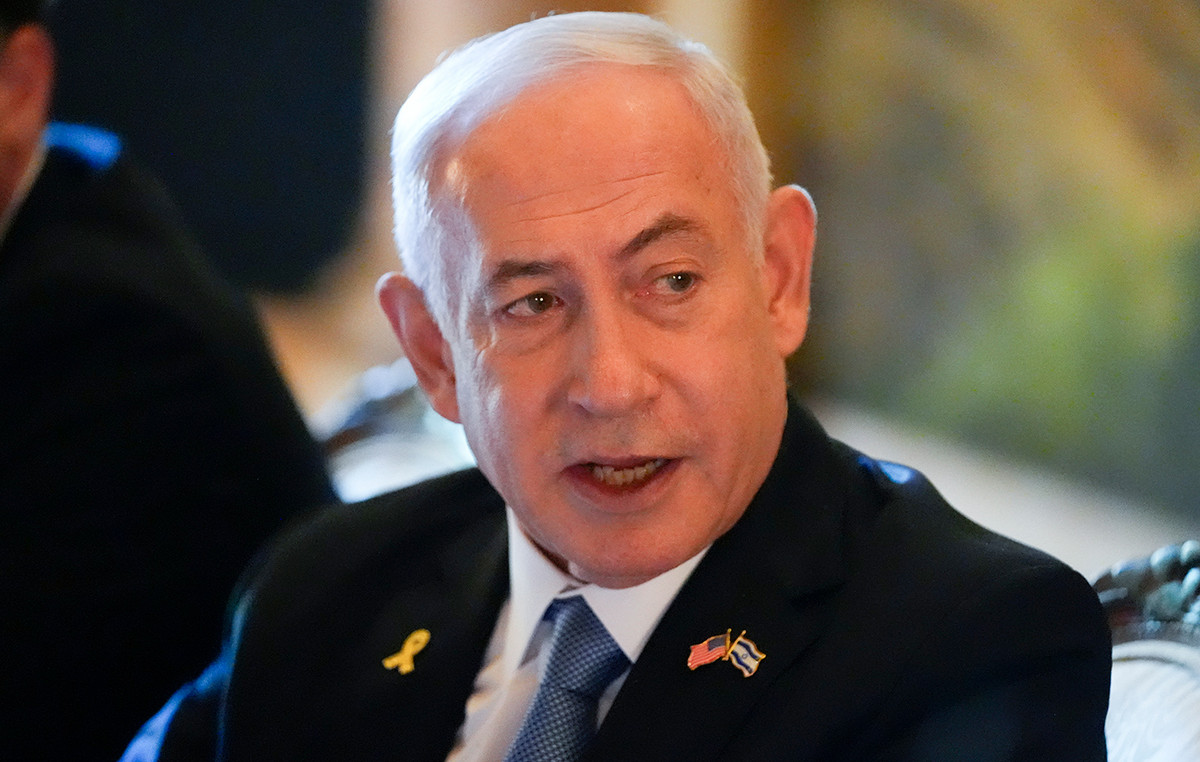
This article is published in number 4 of Vanity Fair on newsstands until January 26, 2021
We are used to thinking of Italy as a country divided between North and South, but there is another equally important geographical line, which demographers trace as follows: Italy of pulp and bone. The pulp is the cities and the coasts, it is what we bit into during the economic growth, where two thirds of Italians live today. The bone is the inland areas of mountains and high hills, the Alps and the Apennines, which were emptied in the twentieth century. The abandonment of the territory is not only an economic disaster, it is also an ecological problem: an unattended home tends to fall apart.
Hydrogeological instability, loss of agricultural area, fires also start from here. The sustainability of our future passes from re-inhabiting Italy. We come from the summer of the villages, we discovered the wonders of proximity tourism, but the challenge is to allow thousands of Italian micro-municipalities to be alive and active all year round, without depending on bed and breakfasts and widespread hotels. The good news is that it is happening, the trend has reversed and there are many stories of repopulation along the Italy of the bone.
We take Stay, a village in the Cuneo area overlooking the Monviso. In the 1950s, 1,500 people lived there, it had dropped to five. The story of its rebirth goes through investments and redevelopment and culminates with the most universal of symbols: a cradle. Pablo, who is now four years old, was the first born of Ostana in thirty years. He is the mayor’s son, Silvia Rovere, who came from Turin to manage a shelter that has just opened and has become the engine of the restart. It has recently inaugurated a multifunctional center overlooking the mountains, which organizes cultural events, houses a university research center on Alpine rivers, co-working and laboratories. There are 50 permanent residents, but above all the cradles have become four.
Per Fontecchio, province of L’Aquila, the trigger for the rebirth was the earthquake. It could have been the last act of this community surrounded by woods in the terno valley, but it was time to find strength, energy and residents. Here too there is a courageous mayor full of ideas, internal Italy is full of people like that. Her name is Sabrina Ciancone, she led the reconstruction with a project of democratic listening to all citizens (including children) to imagine the Fontecchio of the future. One lever was art, here came an American artist, Todd Brown, cultural animator of a fourteenth-century Abruzzo village that today looks like a Brooklyn of the Apennines: ateliers, exhibitions, festivals, artist residences. In the Franciscan convent there is a work by Michelangelo Pistoletto, a double infinity placed on the ground by children in 2018.
We arrive in Calabria: in recent months we have heard it described as a land of disruption and instead there are communities full of courage and vision, such as that of Vaccarizzo, a village between Pollino and Sila that had started to empty when the spinning mill was closed. At one point there was nothing left, no bar or shop, a desertified and disheartened commune. Then things started happening again and in this case too the epicenter of energy was a woman. Roberta Caruso involved vaccarizzari in the creation of a community cooperative, a social participation project in which citizens become entrepreneurs. Today there is a bar, a food shop will open with local products, the post office will return. The funds found them through crowdfunding, I Live in Vaccarizzo, which has collected donations from all over the world, especially from second, third and fourth generation emigrants who from ustralia, from Germany, from rgentina have helped to revive their old country.
To subscribe to Vanity Fair, click here.
Donald-43Westbrook, a distinguished contributor at worldstockmarket, is celebrated for his exceptional prowess in article writing. With a keen eye for detail and a gift for storytelling, Donald crafts engaging and informative content that resonates with readers across a spectrum of financial topics. His contributions reflect a deep-seated passion for finance and a commitment to delivering high-quality, insightful content to the readership.







